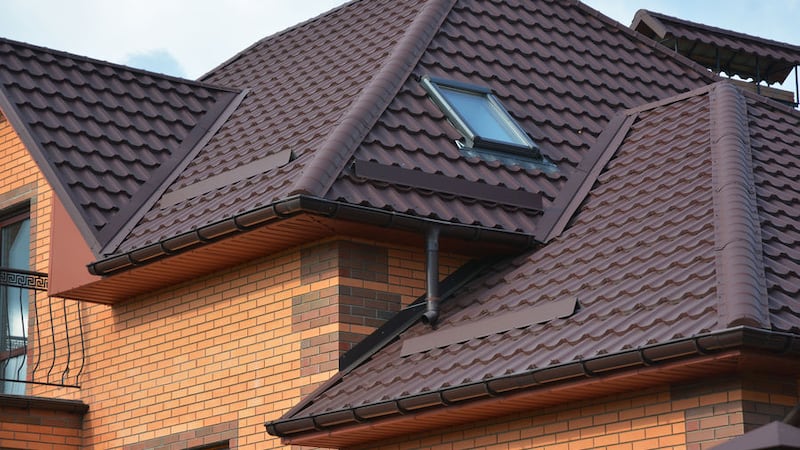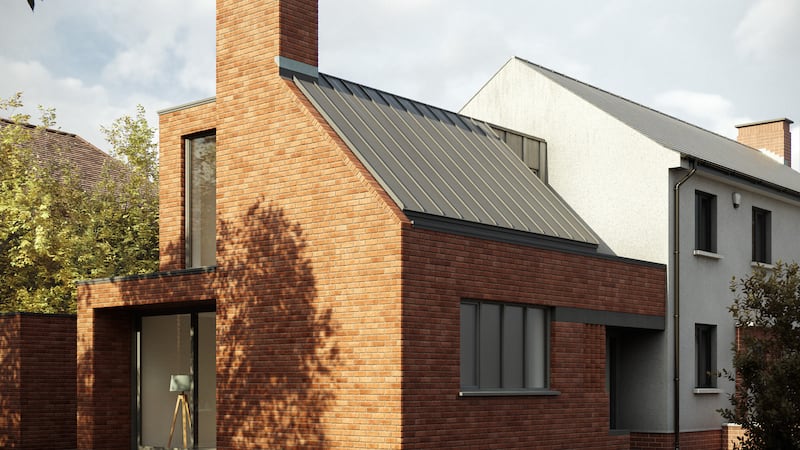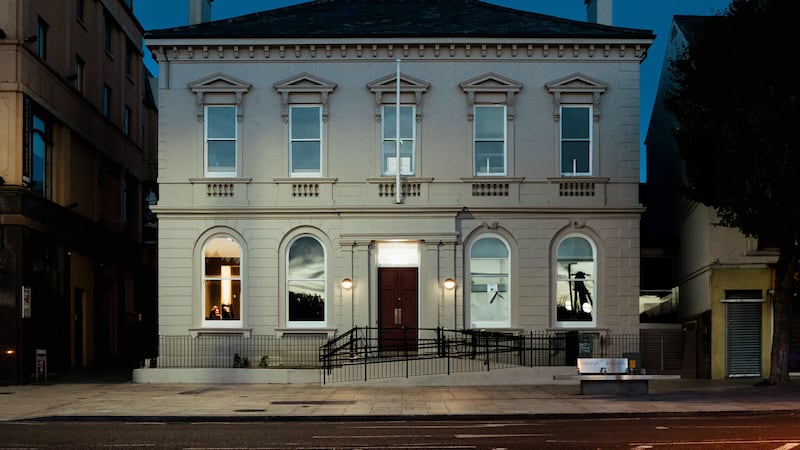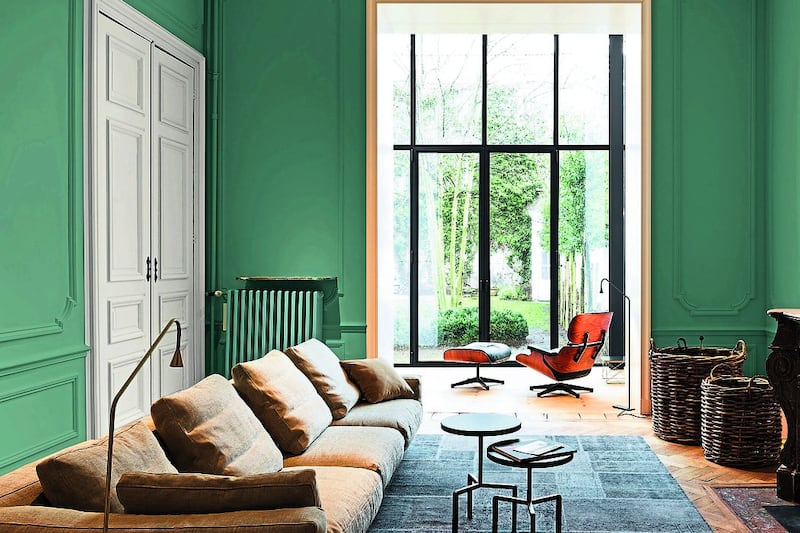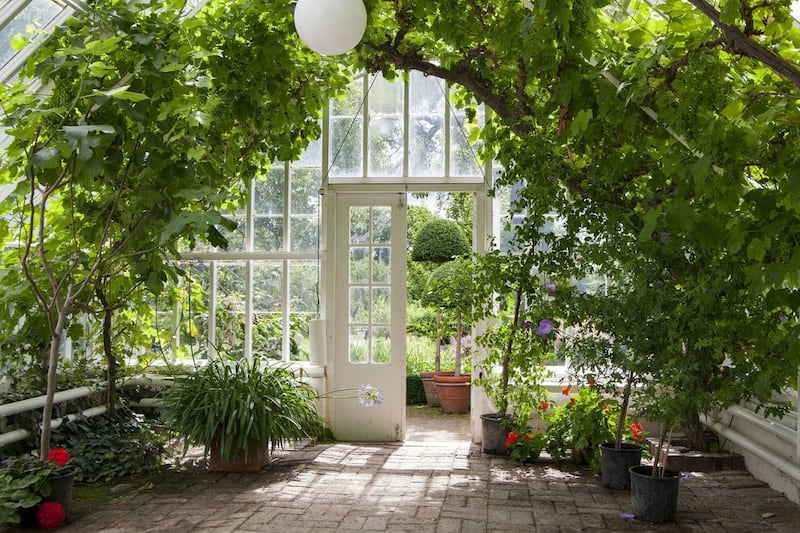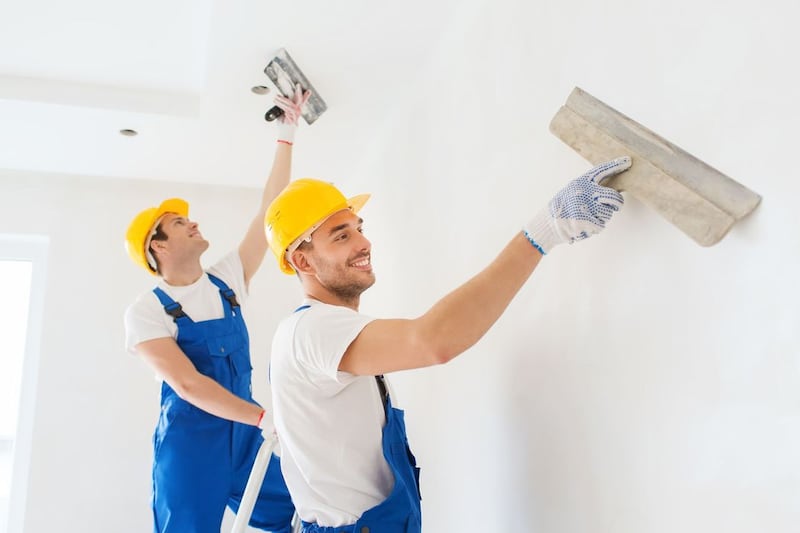It’s easy to overlook your home’s roof, but it’s important to keep it in good condition, especially at this time of year. Julia Gray, Press Association
1. Roofs should ideally be inspected twice a year (or more), both from the outside (with binoculars) and inside the loft. If you can see daylight in the loft, there may be something missing on the outside. Roof tiles or slates that have broken, slipped or been blown off are a common occurrence. If they’re not replaced, rainwater will get into the loft and cause damage there, and then in the rooms below. Other parts of the roof can cause leaks and damp, too, including the flashing, guttering and chimneys. You may be able to spot these problems yourself, but will usually need a roofer to put them right.
2. If the roof has to be retiled, do you replace the tiles like for like or go for something different, provided there are no planning restrictions? “Although handmade tiles look great, they can make the job more time consuming - you may need an experienced roofing team to manage the materials,” says Simon Braithwaite, category manager at builders merchant Travis Perkins. “Handmade tiles are also expensive. Expect to pay around £1,000 per 1,000 tiles - the average detached house requires 8,000 tiles. Another consideration is the area - if you live in a rustic village, handmade tiles may be much more in keeping with your surroundings.”
3. “Handcrafted tiles, which are tiles that have been dealt with by hand during part of the production process, usually cost much less than handmade ones,” says Braithwaite. “If you have a smaller budget, machine-made clay or concrete tiles are the most affordable options. Concrete tiles can degrade in appearance and structure over time, whereas clay lasts much longer and is more aesthetically pleasing.” He continues: “Another consideration is the roof pitch - you can’t use certain types of tile on certain roof pitches because they don’t look good and could cause structural problems.”
4. If you’re overhauling a roof, think about fitting skylights (again as long as there are no planning restrictions). Skylights (also called roof windows) come in all shapes and sizes and can make a big difference to the amount of light entering the room below. If you’re doing major building work, such as an extension or loft conversion, skylights are a great addition, but they can also transform existing rooms with little or no natural light. While fitting a skylight is usually a job for a roofer or builder, experienced DIYers can fit them. You may think that skylights are expensive, but they don’t have to be - the Tyrem range at Screwfix starts at £161.22 for a 550mm x 780mm double-glazed skylight. These skylights are straightforward to fit, have a handle instead of a bar, which can make opening and closing them easier, and come with a 10-year manufacturer’s guarantee - just remember to get the correct flashing kit for the type of roof covering.
5. Flat roofs can be prone to leaks, not least because they should have a gradient, but the gradient often isn’t steep enough. If the roof is too flat or doesn’t have an adequate structure or materials under the roof covering, it will sag, allowing rainwater to pool and eventually enter the room below. The roof covering can also get damaged. If you’re building a single-storey extension, putting a flat roof on it will enable you to easily access the house above (to repair the guttering on the main roof, for example), but a pitched roof should be more reliable long term and is more aesthetically pleasing inside and out.
